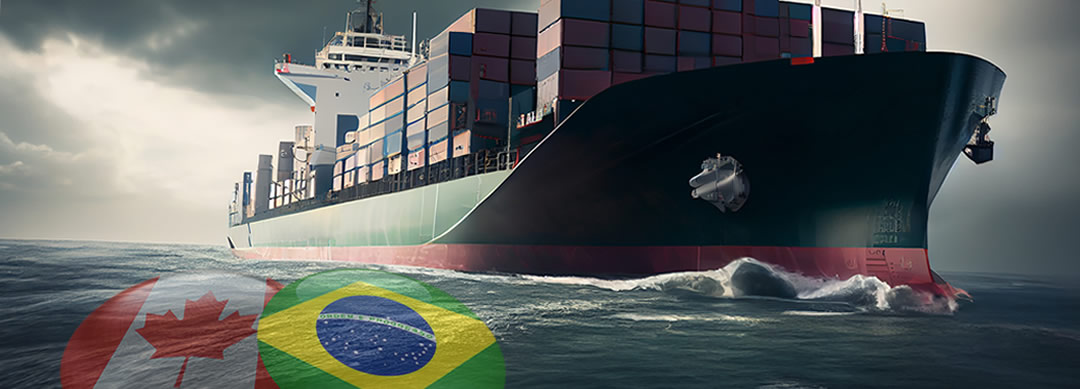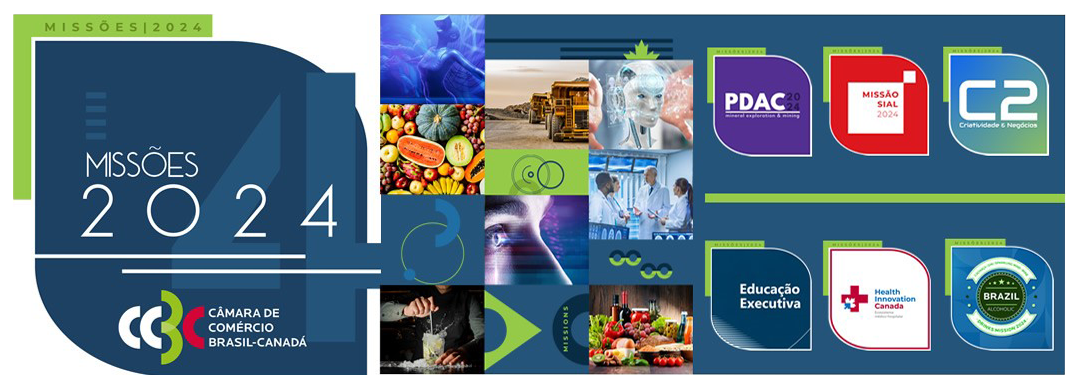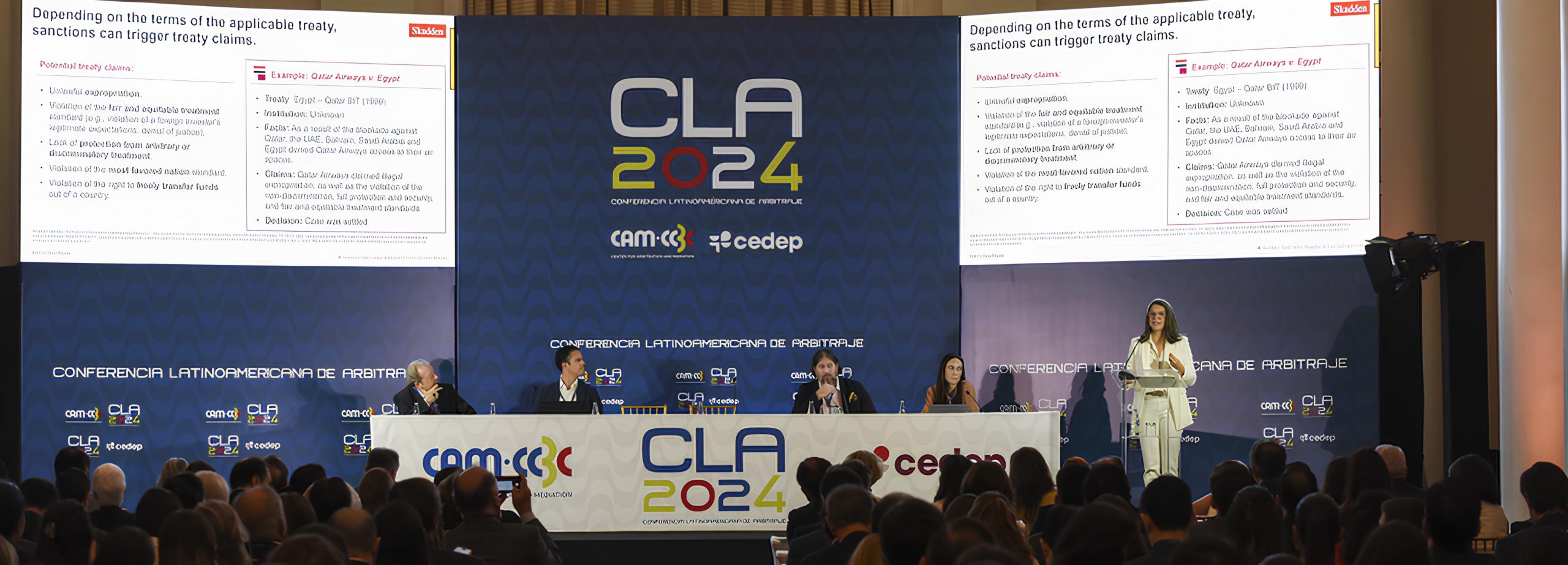The advancement in exports contributed to a positive balance for Brazil totaling US$ 2.386 billion (FOB) last year, a 928% leap from the same period in 2022
By Marcel Salim
Brazil’s exports to Canada reached their highest level for the second consecutive year, exceeding the US$ 5.7 billion mark (FOB) for the first time in the history of bilateral relations. This is indicated by data compiled by the Quick Trade Facts study, prepared by the Chamber of Commerce Brazil-Canada (CCBC).
Shipments to Canada totaled US$ 5.771 billion (FOB) in 2023, representing a 7% increase compared to the 12 months of 2022, when external sales amounted to US$ 5.396 billion (FOB).
The advancement contributed to the bilateral balance ending last year with a positive balance for Brazil of US$ 2.386 billion (FOB). The figure represents a 928% jump from the same period in 2022 when the result was only US$ 232.096 million.
“The growth of Brazil’s exports to Canada is expected to remain firm and continuous. This result reflects an extensive agenda of meetings and initiatives carried out in recent years to further strengthen business between the two countries,” says Ronaldo Ramos, president of the CCBC.
In 2023, Canada surpassed Germany and South Korea in the ranking of Brazil’s main export destinations, now ranking 10th. In 2022, the country was in 13th place. In terms of imports, the North American country remained in 15th place.
Between January and December 2023, the trade flow – representing the sum of imports and exports – totaled US$ 9.15 billion (FOB), a 13.30% decrease compared to the US$ 10.56 billion (FOB) achieved in the same period the previous year. The 2022 total represented a historical record when the US$ 10 billion (FOB) mark was surpassed for the first time within a year.
Greater Brazilian presence in Canada
“Canada is already a major partner of Brazil, with significant investments in strategic sectors such as agribusiness, infrastructure, mining, aerospace, and defense, among others. We have seen that bilateral trade has been growing significantly, and yet there is still enormous potential to be explored,” explains Paulo de Castro Reis, director of Institutional Relations at CCBC.
On average, CCBC conducts eight trade missions from Brazil to Canada each year, focusing on topics such as artificial intelligence, food and beverages, mining, Industry 4.0, smart cities, innovation in health and medical-hospital system, clean technologies, energy transition, and even creative economy.
For 2024, there is an expectation of an even more intense meeting agenda. “These are unique opportunities where Brazilian entrepreneurs receive all the assistance and support to internationalize their businesses, as well as being able to use Canada as a gateway for products in North America, Europe, and even Asia,” highlights Daniella Leite, director of Associates and New Business at CCBC.
Export highlights
The main highlights in Brazilian exports to Canada, with the greatest weight in the trade balance during the period, were: precious stones and metals, including gold (28% of total exports); inorganic chemicals and inorganic or organic compounds of precious metals, representing 22% of the total; aircraft and equipment, including their parts (12.3%); and sugars and confectionery products (11%).
In 2023, exports in the category “aircraft and equipment, including their parts” saw an increase of 452%, totaling US$ 712.1 million (FOB), positively influenced by agreements signed in the aviation sector.
In a deal valued at US$ 2.1 billion announced in November, Embraer announced the sale of 25 E195-E2 family aircraft to Canadian company Porter Airlines. This amount adds to the 50 jets that had already been ordered by the Canadian airline. The aircraft has a capacity of up to 146 seats each. With the acquisition, Porter Airlines aims to expand operations throughout North America.
Surprises in imports
Canadian product purchases totaled US$ 3.38 billion (FOB) between January-December 2023, a 34% decrease compared to the same period in 2022, when they totaled US$ 5.16 billion (FOB). The decrease, in particular, is attributed to the purchase of fertilizers, which gained prominence in 2022 due to the start of the conflict between Russia and Ukraine.
Imports of this category totaled US$ 1.96 billion (FOB) in 2023. The total value is 47% lower than the US$ 3.71 billion seen in 2022. Despite the decline, fertilizers continue to lead as the most purchased products from Canada, accounting for 58% of total imports.
SERVICES:
Access complete data and analysis in the CCBC study: Quick Trade Facts





